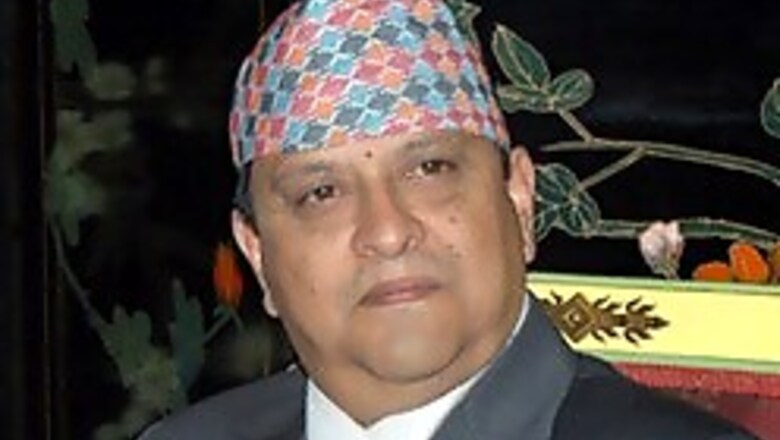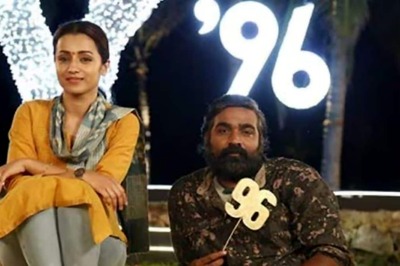
views
Kathmandu: The Narayanhity royal palace, Nepal's best-known landmark built in the 18th century by the Shah kings to commemorate their bloody victory over the Rana prime ministers, will see the final fall of the dynasty Wednesday when Gyanendra, the last king of the 239-year-old line, makes his final departure.
Dethroned king Gyanendra and his wife Komal will leave the palace where, by a quirk of fate, they had first moved in as regent and queen on a Wednesday in July 2002, 13 months after he was crowned king following the assassination of his brother, king Birendra.
"The king will leave Wednesday," Home Minister Krishna Prasad Sitaula told journalists in the capital Tuesday. "Before his departure, he will hand over his crown, sceptre and other artefacts of historic importance to the government."
On May 28, Nepal's newly elected constituent assembly, that took the place of the interim parliament, formally proclaimed the Himalayan kingdom a republic and ordered the former royals to vacate the palace within 15 days.
Though the deadline ends Thursday, Sitaula said, "Why wait till the final moment?"
The minister, who had met the deposed king last week to discuss his safe exit from the palace, said he had advised Gyanendra to leave the palace in a dignified manner for the benefit of both the royal family and the nation.
However, though the former king and queen would vacate the palace, members of the dynasty would continue to live there.
The former king's 80-year-old stepmother Ratna Shah has been allowed by the government to stay in her mansion in the palace, where she had moved in 1952 as the bride of the then crown prince Mahendra.
Another small house in the palace has been given to a 91-year-old woman, Sarala Tamang, who was the concubine of the king's grandfather Tribhuvan.
Sitaula said the physical planning and work ministry has been given the task of fencing in the two residences from the main palace, which would become a national museum.
Gyanendra has been allowed by the government to take up residence in a summer retreat built by the royal family on the outskirts of Kathmandu.
After coming under sharp criticism for making the concessions, the government Monday opened the Nagarjuna summer palace to the public for the first time, to show that the two storeyed bungalow was sans royal pomp.
There were rumours that though the former king had submitted himself to the decision of the constituent assembly, he was enraged at the picture painted of him by the parties and the media as a ruthless dictator.
He was likely to make a last address to the nation or even hold a press conference at the palace before the final exit, the rumours said.
Though he became king on June 4, 2001, Gyanendra initially functioned as king from his residence Nirmal Niwas, close to the palace, as the Narayanhity was regarded as a place of ill omen following the massacre of Birendra and nine other members of the royal family inside it.
The newly crowned king waited for 13 months while special prayers were conducted to exorcise the evil spirits and cleanse the bloody palace while the hall where the killings occurred was pulled down.



















Comments
0 comment